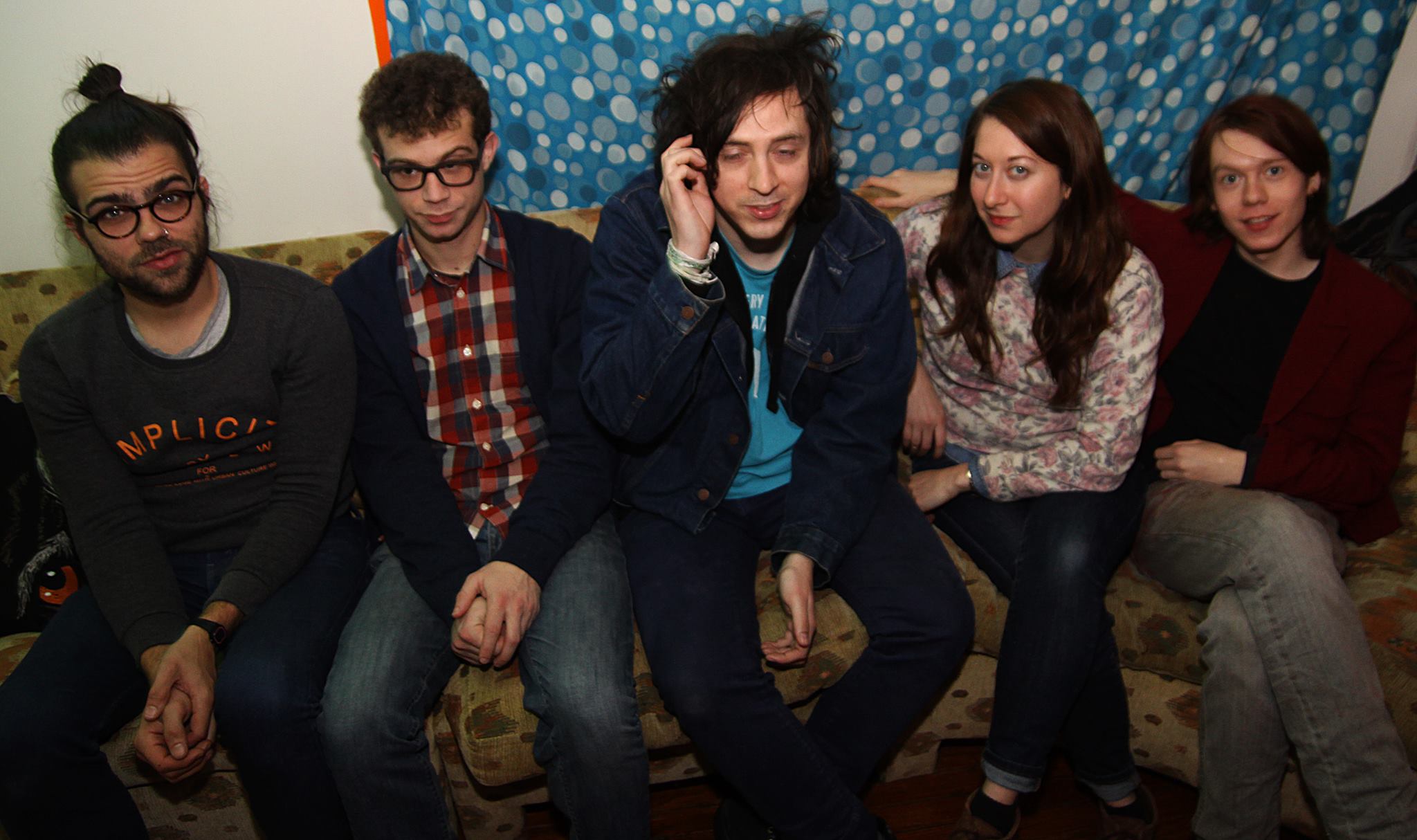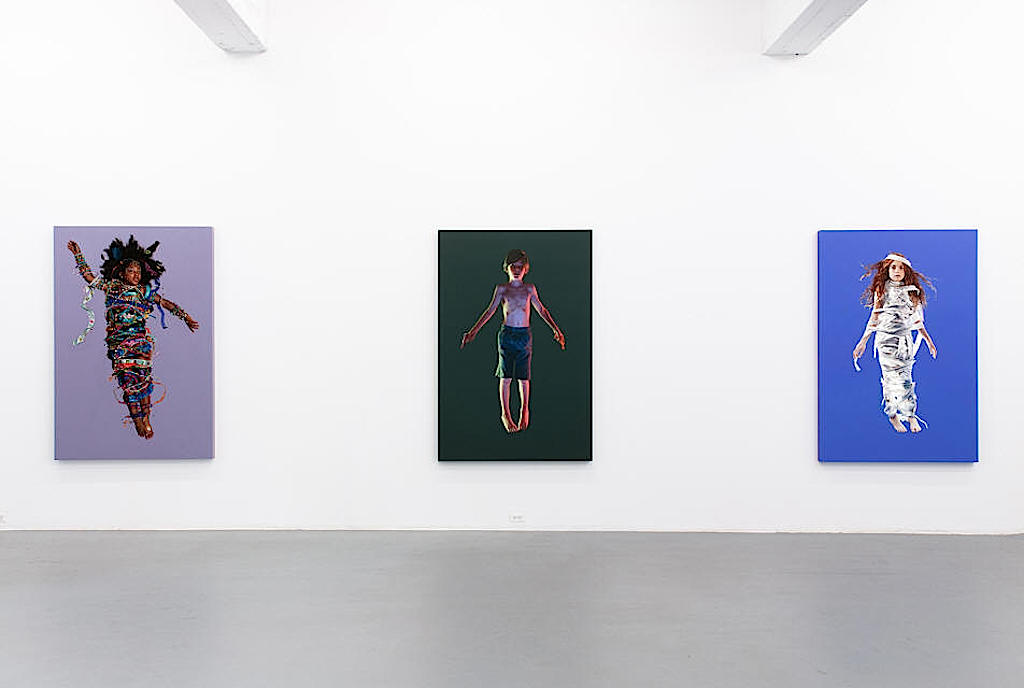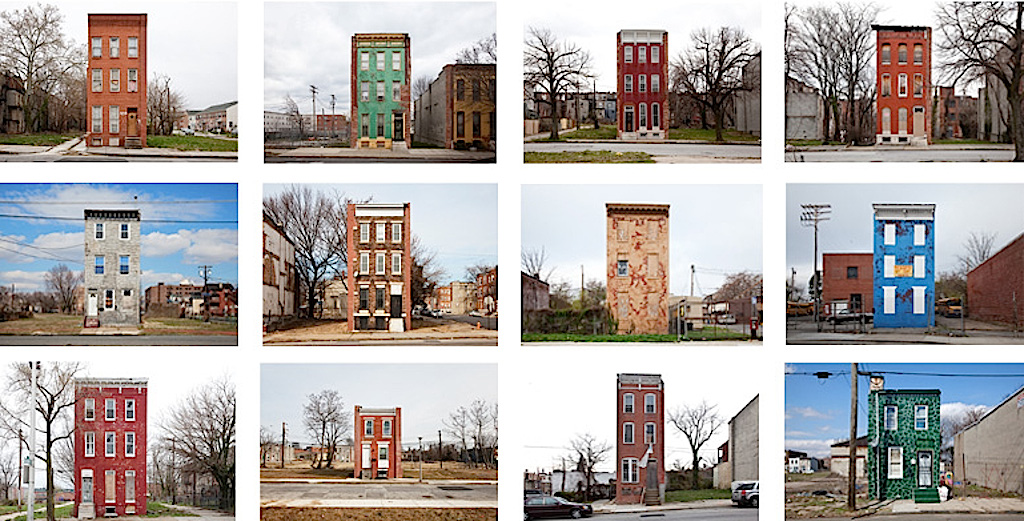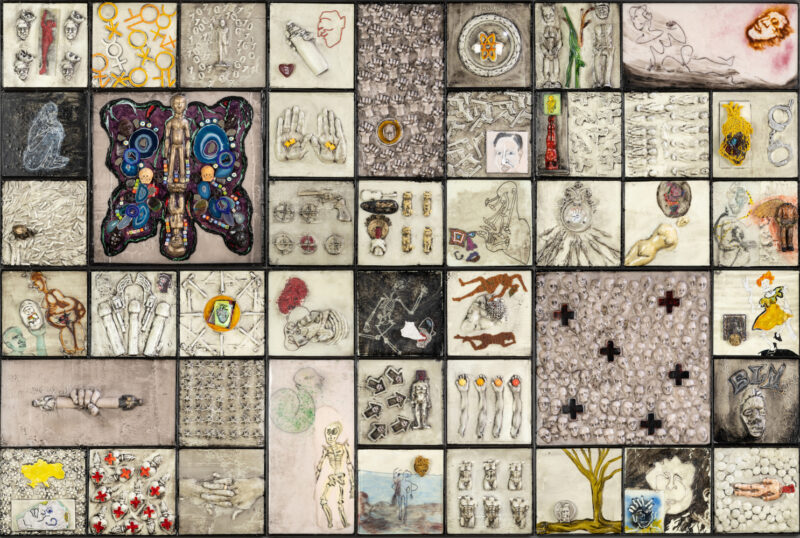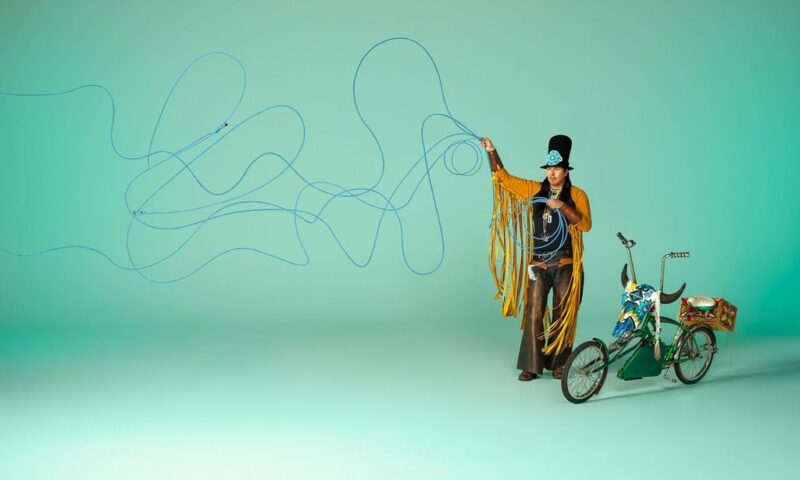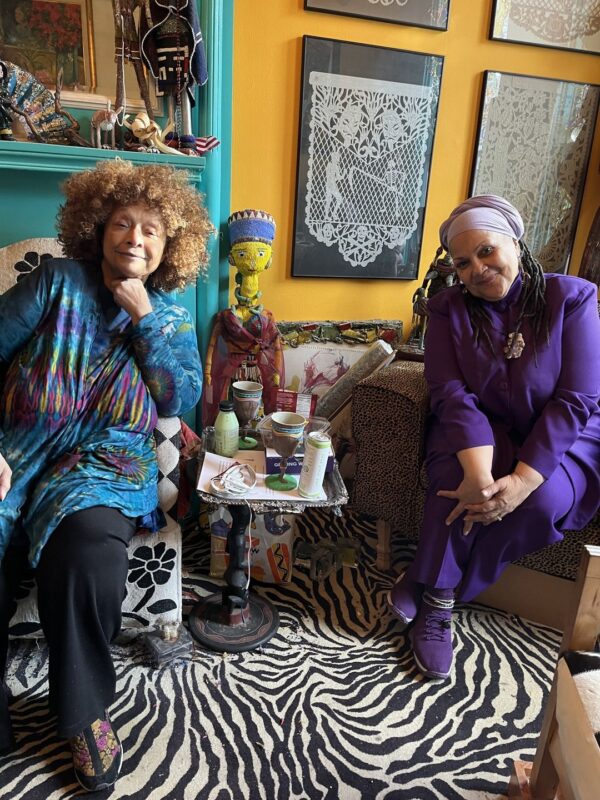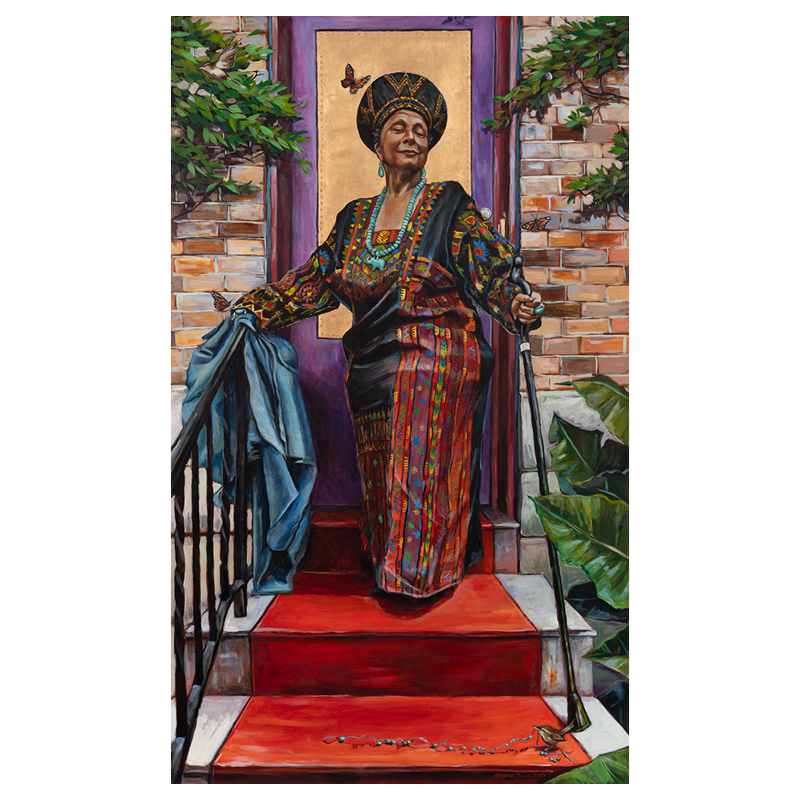I bought my first house in 2000 in Charles Village. I set out to do this after realizing it was cheaper than continuing to rent my apartment and I’d have a lot more space. At that time, two-story houses on Abell Avenue were going for $80,000 and I was determined not to pay a penny more. My boyfriend (now my husband) and I looked at one house that we loved, but it was $81,500. I did not buy it.
About a month later, I bought an adorable Victorian three-bedroom one-and-a-half bath rowhouse on the same street for 79.5 g’s. I was thrilled to have the extra space for a studio and a fabulous roommate who cooked vegetarian food and helped to pay the mortgage.
I was not prepared for this investment whatsoever: I had nothing saved for a down payment, and I made less than $30,000 a year, but I was a public school teacher and Baltimore City made $5000 grants available for teachers and police officers to cover closing costs, so I went for it. Although the house needed some work, and we nearly drowned in hundred-year-old sand mixed with horsehair when we exposed a brick wall, I have never regretted this decision.
This was before the housing bubble existed and buying houses to rehab in Baltimore City was still a novelty. People thought we were crazy. My significant other worked at a downtown firm and his co-workers delighted in telling him what a bad idea the home purchase was. He predicted that we would sell it when it tripled in value and I thought he was insane.
When I bought the house, I hadn’t set out to do anything particularly financially responsible – I just wanted to pay less for a bigger space than the one I had been renting. I wanted to have control over my monthly payment, after renting from landlords who raised the price every year. I wanted the tax break that comes from home ownership. I wanted to be able to rent a room to a roommate, to help pay our monthly bills. And I wanted to have a decent sized studio in my house. Owning a home came with more responsibilities than renting – we had to fix leaks in the roof, put in new windows, renovate the kitchen – but, for me, the opportunities far outweighed the downside.
Fast forward a decade and a half and Baltimore really is a different city. There are thriving neighborhoods that were blighted then and, for better or for worse, the housing bubble encouraged a generation of people to buy houses in the city for prices that were significantly higher. Although complaints of gentrification exist for a reason and any home buyer needs to invest with respect towards their new neighborhood and community, rehabbing Baltimore’s vacant houses and filling them with new residents is a win for everyone who lives here. Especially in Station North, where colleges, businesses, and artists are choosing live, work, and invest, there is a sense that this city is growing stronger and better, with more opportunities for all types of people.
Contrast this reality with the common story of forward-thinking artists who build their homes and businesses in ‘urban frontiers’ or less desirable areas. In these situations, artists take on all the risk and do the hard work of building, renovating, and building communities. Their presence makes these areas more valuable to outside investors, and then real estate developers and landlords push everyone out with higher rents. I read these stories all the time and they make me crazy because this problem is avoidable – if artists would only buy real estate instead of renting.
Just this week, Art F City posted “The 1717 Troutman Building Kicks Out Its Galleries,” by Whitney Kimball, about a warehouse “where artist-run galleries raised the bar for curatorial rigor in Ridgewood/Bushwick, and made the building a neighborhood destination.” Looking at images of the site, it looks similar to many Baltimore warehouses like the H&H or The Copycat, where artists build homes, studios, and galleries. There were a number of artist-run spaces in the 1717 Troutman building, including high caliber galleries Regina Rex, Underdonk, and Ortega Y Gasset Projects, as well as a print lab and many artist studios. The spaces had only been in the building a year when the owner of the building asked all its galleries to move out. Now all the artists and organizations are looking for new spaces further away, but still near the L subway line. No doubt they will rent again and repeat the process.
I know that Brooklyn real estate is expensive, but investing in a place and being promptly kicked out seems more expensive and less productive than buying to begin with. What if artists bought buildings collectively? To find something affordable, it might have to be insanely far away from areas considered ‘desirable’ by investors, but it seems that the group of artists are the environment they seek. The art community will follow them wherever they go, but will the art market? I guess we have to see. Was there an art market in Ridgewood/Bushwick to begin with? Maybe they should all move to Baltimore where real estate is still relatively cheap.
Regardless of the specifics of the 1717 Troutman story, I read stories of these forced art migrations all the time – it happens across the country. Although artists and writers decry this as a problem, few answers are suggested. As Baltimore’s art communities grow and thrive, my greatest fear and regret will be that the artists will be pushed out and that investors, not artists, will benefit from their efforts.
Three great contrasting examples of artist-owned spaces in Baltimore are The Cork Factory, Guest Spot (coincidentally they are currently showing works by Rob de Oude, displaced from the 1717 Troutman building), and Area 405, all located in Station North. Not only do the artists who live and work in these buildings control the way the space is used, they have the satisfaction of knowing that they will never get pushed out if and when the area becomes ‘cool.’
While Baltimore is still cheap and weird, at least some parts of it, one easy way that artists can stabilize their practice, their income, and their budget is by purchasing real estate in parts of town that are currently affordable. With a coordinated effort, artists can live in creative communities and share affordable live/work and studio spaces, without being vulnerable to real estate greed.
For many artists, especially young ones, making responsible, grown-up financial decisions like buying a house doesn’t seem realistic and it certainly doesn’t seem sexy, but how does a free studio sound? How about living with your closest friends and paying almost nothing? I know that the model I am promoting wavers somewhere between empowerment and domestication, but learning to rehab a kitchen is actually an exercise in creative problem solving and can be as fulfilling as making art.
The stupid model of artists investing and building spaces, neighborhoods, and communities in rented buildings only to be pushed out has got to end. It’s a waste of energy, resources, and talent. It’s based on the antiquated notion that artists are bad at financial decisions and that irresponsibility is necessary to be a ‘real’ artist.
I believe that Baltimore City should be doing more to encourage artists and creative professionals to purchase homes (like this program for writers in Detroit) and that these types of initiatives set up lasting investments in communities. We can all agree that the city benefits as whole when vacant properties are filled and neighborhoods thrive. I believe that the only way that artists can avoid real estate victimhood is to own it.
